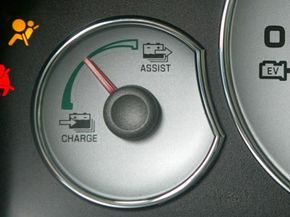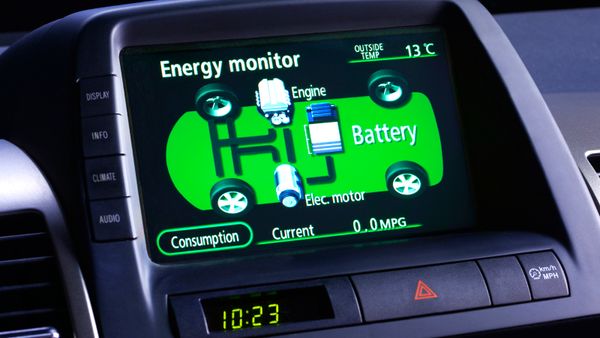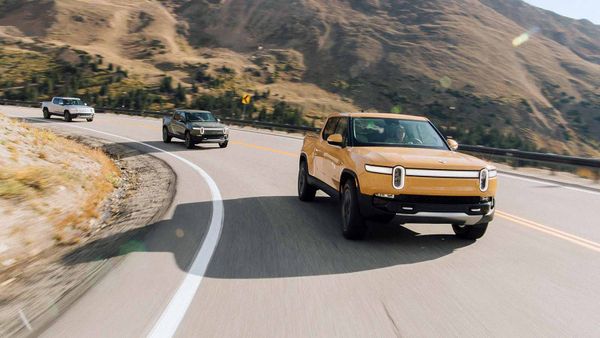Early automobiles, ones built near the turn of the 20th century, didn't come with many extra features. Engineers were more concerned more with the practical nature of engines and other mechanical aspects -- in other words, getting a car to actually work -- so this tended to overshadow most efforts in design and usability. Most auto manufacturers were simply installing engines in light carriages and buggies, fitting bicycle wheels to each of the four corners and rolling the cars out the factory door -- without much focus on luxury. Aside from the steering wheel, the pedals and occasionally a handbrake, these early cars were essentially "horseless carriages." Actually, that's how a lot of people referred to them at the time. The dashboard was effectively void of any bells or whistles. In fact, the term "dashboard" allegedly comes from the screen people used on horse-drawn vehicles to block any water, mud or snow a horse's hooves might fling upward while "dashing."
In 1902, however, car interiors started to become a bit more helpful. The introduction of the speedometer put a gauge right near the steering wheel, allowing drivers to see just how fast they were traveling. We might take something as simple as a speedometer for granted today, but early in the car's history, this was really the only way to accurately monitor their speeds and drive safer. Since then, improvements to the car's interior have only increased, making the drive both safer and more comfortable. Now, we have clusters of indicators letting us know our speed, the engine's revolutions per minute (RPMs), the engine oil pressure, coolant temperature and even whether or not we've remembered to buckle our seat belt. We also have air-conditioning and heating systems that allow us to accurately control the interior's temperature -- sometimes in multiple zones.
Advertisement
With global temperatures heating up, gas prices fluctuating and drivers looking for alternatives to gasoline-only engines that give off heavy amounts of carbon emissions, many are looking toward hybrid cars -- specifically gasoline-electric hybrids -- for an environmentally and economically sound solution.
Now, hybrid cars are upping the ante by giving drivers even more information with which to work. On top of traditional instrument readouts like speed and RPMs, some hybrids are using increasingly sophisticated hybrid system indicators, which inform the green-minded commuter about important statistics like real-time fuel economy and battery levels.
So what do hybrid system indicators actually do to assist drivers? Do they simply give us statistics, or can they take their information a step further and help people become better, more efficient drivers? Find out on the next page.
Advertisement




